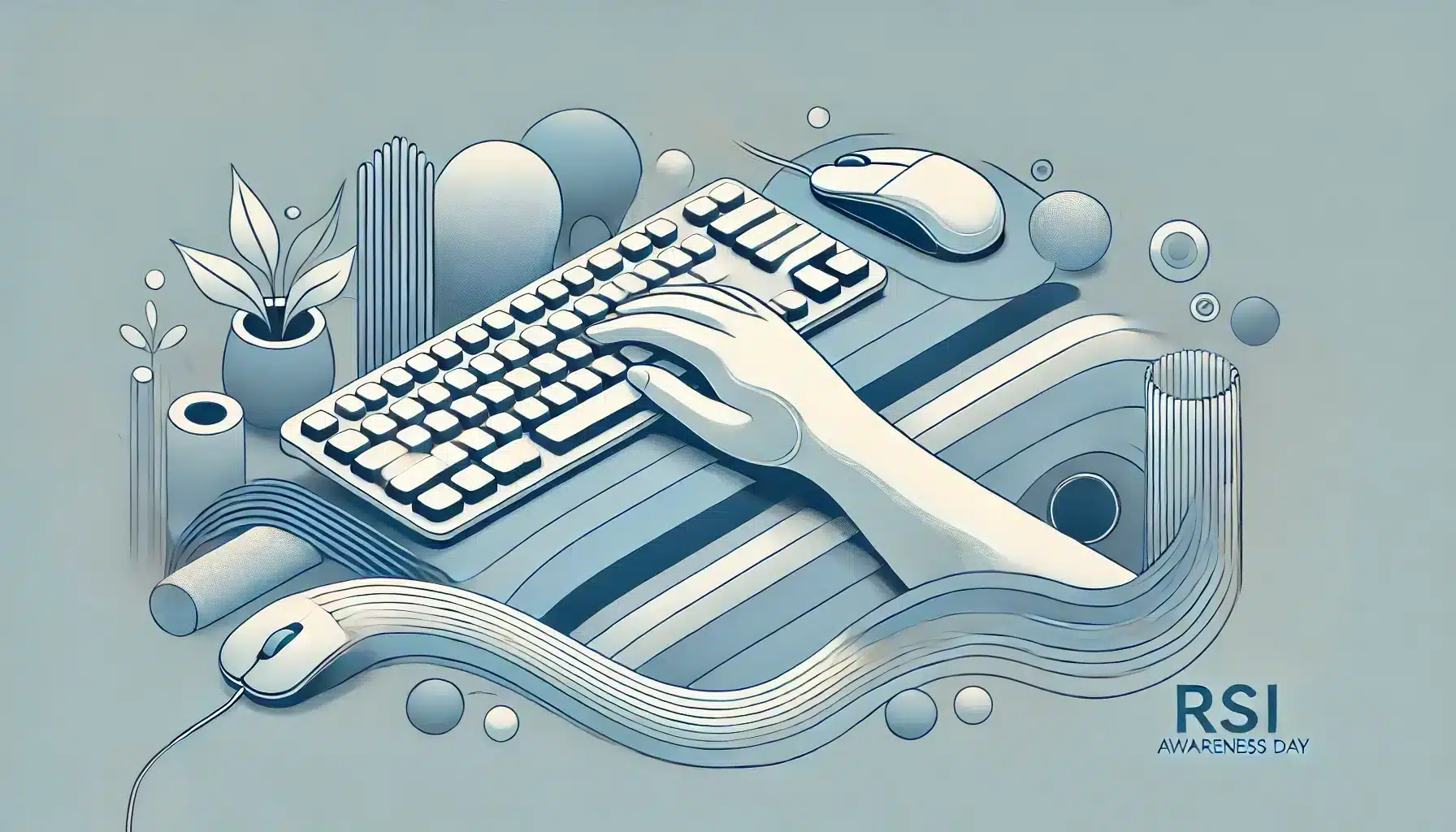What is International RSI Awareness Day?
International RSI Awareness Day, observed annually on the last day of February, is dedicated to raising awareness about repetitive strain injuries (RSIs). These injuries, also known as musculoskeletal disorders (MSDs), affect muscles, nerves, and tendons due to repetitive movements or sustained positions. The day emphasizes the importance of prevention, early detection, and treatment of RSIs, encouraging individuals and organizations to adopt healthier work practices and ergonomic solutions.
The choice of February 29th for leap years;often called the “non-repetitive day”;symbolizes the need to break repetitive patterns that can lead to strain injuries. On non-leap years, the observance takes place on February 28th.
History and Origin
International RSI Awareness Day was first observed on February 29, 2000. It was initiated by Catherine Fenech, an injured worker advocate in Canada, to spotlight the growing prevalence of RSIs and promote ergonomic awareness in workplaces. February 29th was chosen to symbolize the uniqueness of the day and the importance of breaking harmful repetitive behaviors.
Since its inception, the day has gained international recognition, with events and campaigns held globally to educate individuals and employers about the risks associated with RSIs and how to prevent them. The focus remains on creating safer environments and reducing the impact of these common yet preventable injuries.
Who Celebrates International RSI Awareness Day?
- Healthcare Professionals: Provide education and resources on RSI prevention and management.
- Employers and Organizations: Promote ergonomic assessments and safe work practices in their workplaces.
- Workers Across Industries: Learn strategies to minimize RSI risks during repetitive tasks.
- Ergonomists and Occupational Therapists: Advocate for proper workstation setups and movement practices.
- General Public: Adopt habits to prevent strain injuries in everyday activities.
Themes and Slogans
The central theme of International RSI Awareness Day is prevention through education and ergonomic practices.
A popular slogan associated with the day is:
“Prevent RSI: Break the Pattern.”
This highlights the importance of interrupting repetitive behaviors to reduce injury risks.
Colors, Symbols, and Patterns
Colors
- Blue: Represents trust and responsibility, reflecting the focus on workplace safety.
- Green: Symbolizes health and well-being, emphasizing prevention.
- Gray: Reflects neutrality and the widespread nature of RSIs across all industries.
Symbols
- Ergonomic Chair: Represents the significance of proper workplace ergonomics.
- Hand and Wrist Icon: Highlights common areas affected by RSIs.
- Stretching Figure: Symbolizes flexibility and the benefits of movement to prevent strain.
Patterns
- Repetitive Lines: Represent the repetitive motions that can lead to strain injuries.
- Circular Arrows: Indicate the cycle of prevention, awareness, and action.
- Interlocking Shapes: Reflect the interconnectedness of muscles, tendons, and joints.
How to Observe International RSI Awareness Day
- Attend Educational Workshops: Participate in seminars focused on RSI prevention and ergonomic practices.
- Evaluate Your Workstation: Assess and adjust your workspace to ensure it is ergonomically friendly.
- Incorporate Breaks: Take short, frequent breaks during repetitive tasks to reduce strain.
- Share Awareness Online: Use social media to share resources and personal experiences with hashtags like #RSIAwarenessDay.
- Consult Professionals: Seek advice from ergonomists or occupational therapists for personalized recommendations.
Most Used Hashtags
- #RSIAwarenessDay
- #PreventRSI
- #Ergonomics
- #WorkplaceSafety
- #HealthyWorkplace
Why is International RSI Awareness Day Important?
International RSI Awareness Day emphasizes the significance of addressing repetitive strain injuries, which are among the most common workplace injuries worldwide. By promoting education and proactive measures, the observance fosters safer environments and helps prevent RSIs, which can lead to chronic pain or long-term disability. It also serves as a platform for advocating ergonomic practices, raising awareness about the importance of taking breaks, and encouraging healthier work habits for everyone.
Features
- Health
